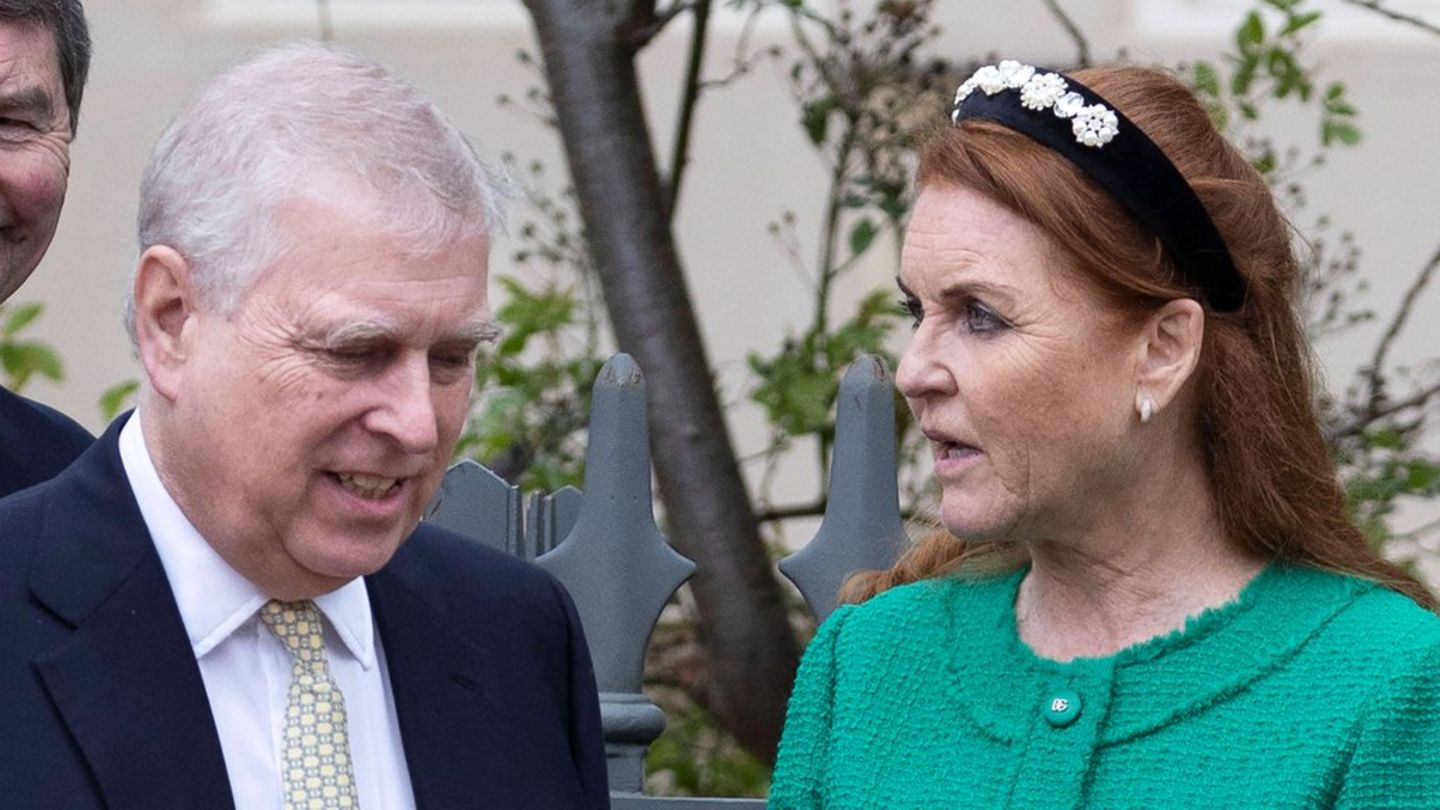His family announced this on Sunday. Accordingly, the “catalyst of the Viennese post-war scene in architecture”, as Feuerstein, who was born in Vienna in 1925, was once called, died at home in the presence of his relatives. He had not recovered from an operation three weeks ago, it said in the message.
State Secretary for Culture Andrea Mayer praised Feuerstein as a “great architect, theoretician and teacher”. “His death robs Austria of one of its most creative architects, who played a key role in shaping architecture after 1945. As a teacher, he had a lasting impact on an entire profession with his visionary theories,” she said in a broadcast on Sunday evening. The idea of active playgrounds for children or his collaboration on mandatory standards for handicapped-accessible building are “exemplary for his social, inclusive concept of architecture”, according to Mayer. She very much regrets that she can no longer personally hand over the Hans Hollein Prize for Architecture 2021 to Feuerstein.
According to his family, Feuerstein worked “actively as an architectural theorist” until the end and published his last book in autumn 2021. “The club seminars on ‘contemporary architecture’ in the 1960s were spectacular,” it said on Sunday. He worked as a professor at several Austrian universities, his students included Wolf Prix and Helmuth Swiczinsky with Coop-Himmelblau, Laurids Ortner from Haus-Rucker-Co (later O&O Baukunst) and companions such as Walter Pichler and Raimund Abraham.
For his tireless scientific commitment, he most recently received an honorary doctorate from the Technical University of Innsbruck and the “Hans Hollein Art Prize for Architecture 2021” for his work in the architecture scene and life’s work. At the Technical University (TU) Vienna, Feuerstein worked as an assistant to Karl Schwanzer at the Institute for Building Science and Design (1961-68) and as a lecturer for contemporary architecture (1966-96). He was also full professor for “Umraumgestaltung” at the University of Design in Linz (1973-96). In the age of functionalism, Feuerstein tried to help the imagination and the world of emotions come into their own.
The work at the TU was mainly characterized by his collaboration with the experimental groups “Coop Himmelb (l) au” and “Haus-Rucker-Co”. He created the intellectual freedom that the conservative universities of the 1960s still lacked in non-university activities. Social criticism was also exercised and actions planned in “club seminars” or events on “experimental design”.
In 1962, Feuerstein founded his own studio in Vienna. His most famous building projects include the Hörsching housing estate near Linz (1967-79), the Hirschstetten residential group in Vienna-Donaustadt (1985-87) and, from 1988, the revitalization of the Vienna Augarten. In his journalistic and scientific work he dealt with the fringes of architecture. “Visionary Architecture – Vienna 1958-1988” (1988), “Androgynus – The Man-Female in Art and Architecture” (1996) and the second volume “Androgyne Architecture – coincidentia oppositorum” (1998) are the titles of his books.
In 1996 “Visionary Architecture in Austria in the 1960s and 1970s” was published, the catalog for the traveling exhibition of the same name, with which Feuerstein was represented in the Austria Pavilion of the Venice Architecture Biennale. In 2002 “Biomorphic Architecture – human and animal shapes in architecture” was published. On the occasion of his 75th birthday in 2000, the film “Expanded Architecture” by Doris Fercher was presented on ORF.
Source: Nachrichten




